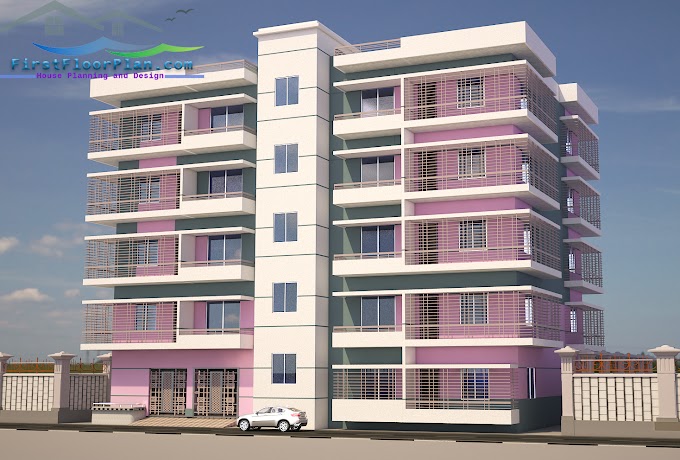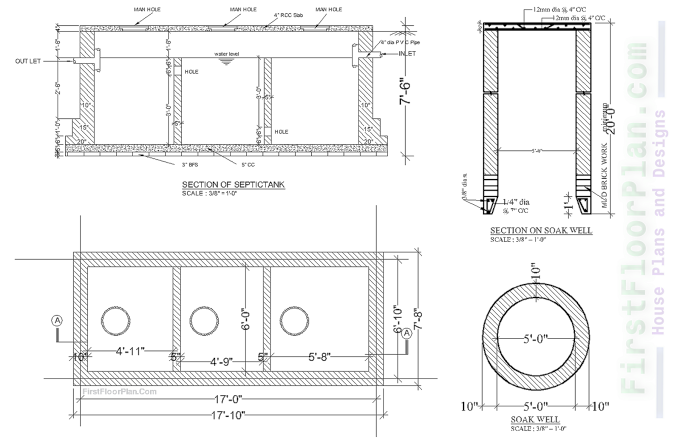As the world becomes increasingly urbanized, the need for efficient and sustainable urban planning has never been more critical. Smart cities, which leverage technology and data to improve the quality of life for their residents, are emerging as a promising solution. However, designing and implementing smart city initiatives is a complex task that requires careful consideration of various factors. By simulating the future of smart cities and urban planning, these tools enable decision-makers to test different scenarios, optimize resource allocation, and make informed choices. In this article, we will explore the role of simulation in shaping the future of smart cities and urban planning.
The Importance of Simulation in Smart City
Planning
Simulation plays a
crucial role in smart city planning by providing decision-makers with a virtual
environment to test and evaluate different strategies and scenarios. It allows
them to understand the potential impacts of their decisions before implementing
them in the real world. By simulating various aspects of a smart city, such as
transportation systems, energy consumption, and waste management, planners can
identify potential bottlenecks, optimize resource allocation, and design more
efficient and sustainable urban environments.
One of the key
advantages of simulation is its ability to capture the complexity and
interdependencies of urban systems. Cities are dynamic and complex entities,
with numerous interconnected systems and stakeholders. Traditional planning
approaches often fail to account for these complexities, leading to suboptimal
outcomes. Simulation, on the other hand, allows planners to model and analyze
the interactions between different systems and stakeholders, providing a more
holistic view of the city and its future development.
Simulating Transportation Systems in Smart
Cities
Transportation is a
critical aspect of any smart city. Efficient and sustainable transportation
systems are essential for reducing congestion, improving air quality, and
enhancing the overall quality of life for residents. Simulation tools can help
planners optimize transportation networks by modeling different scenarios and
evaluating their impacts.
For example, a
simulation model can be used to test the effects of implementing a new public
transportation system, such as a bus rapid transit (BRT) system. By simulating
the movement of people and vehicles, planners can assess the potential benefits
and drawbacks of such a system, such as reduced travel times, increased
accessibility, and reduced carbon emissions. They can also identify potential
challenges, such as the need for additional infrastructure or changes in land
use patterns.
Simulation can also be
used to optimize traffic signal timings. By modeling the flow of vehicles and
pedestrians at different intersections, planners can identify the most
efficient signal timings to minimize congestion and improve traffic flow. This
can have a significant impact on the overall efficiency of the transportation
system, reducing travel times and fuel consumption.
Simulating Energy Consumption and Management
Energy consumption is
another critical aspect of smart city planning. As cities strive to become more
sustainable, optimizing energy use and integrating renewable energy sources are
key objectives. Simulation tools can help planners assess the potential impacts
of different energy management strategies and identify the most effective approaches.
For example, a
simulation model can be used to evaluate the benefits of implementing a smart
grid system. By simulating the energy consumption patterns of different
buildings and households, planners can assess the potential energy savings and
cost reductions associated with smart grid technologies, such as demand
response and real-time pricing. They can also identify potential challenges,
such as the need for infrastructure upgrades or changes in consumer behavior.
Simulation can also be
used to optimize the placement and sizing of renewable energy systems, such as
solar panels or wind turbines. By modeling the energy generation potential of
different locations and considering factors such as shading, wind patterns, and
building orientation, planners can identify the most suitable sites for
renewable energy installations. This can help maximize energy generation and
reduce reliance on fossil fuels.
Simulating Waste Management and Resource
Allocation
Simulation tools can help planners optimize waste collection and disposal systems by modeling different scenarios and evaluating their impacts.
For example, a simulation model can be used to assess the benefits of implementing a smart waste collection system. By simulating the collection routes and scheduling, planners can identify the most efficient strategies to minimize collection costs, reduce emissions from waste trucks, and improve service quality. They can also evaluate the potential benefits of implementing technologies such as sensor-based waste bins or automated sorting systems.
Simulation can also be
used to optimize resource allocation in waste management. By modeling the flow
of waste through different stages, from collection to disposal or recycling,
planners can identify potential bottlenecks and inefficiencies. They can then
explore different strategies, such as optimizing collection routes,
implementing recycling programs, or promoting waste reduction initiatives, to
improve resource allocation and reduce environmental impacts.
Simulating the Social Impact of Smart City
Initiatives
While the technical
aspects of smart city planning are crucial, it is equally important to consider
the social impact of these initiatives. Simulation tools can help planners
assess the potential social implications of different smart city strategies and
ensure that they benefit all residents.
For example, a
simulation model can be used to evaluate the impact of implementing a smart
surveillance system on privacy and security. By simulating different scenarios
and considering factors such as camera coverage, data storage, and access
control, planners can identify potential risks and develop appropriate
safeguards to protect residents’ privacy.
Simulation can also be
used to assess the accessibility and inclusivity of smart city initiatives. By
modeling the movement of people with different mobility needs, planners can
identify potential barriers and design more inclusive urban environments. They
can also evaluate the potential benefits of implementing technologies such as
smart street lighting or
wayfinding systems to improve accessibility
for all residents.
Conclusion
Simulation is a
powerful tool for shaping the future of smart cities and urban planning. By
providing decision-makers with a virtual environment to test and evaluate
different strategies, simulation enables them to make informed choices and
design more efficient and sustainable urban environments. Whether it is
optimizing transportation systems, managing energy consumption, improving waste
management, or assessing the social impact of smart city initiatives,
simulation plays a crucial role in ensuring that cities of the future are
livable, inclusive, and sustainable.











%20House%20plan%20with%207%20storey%20Apartmen%20building%20Structural%20desing%20%20DWG%20&%20PDF.jpg)
